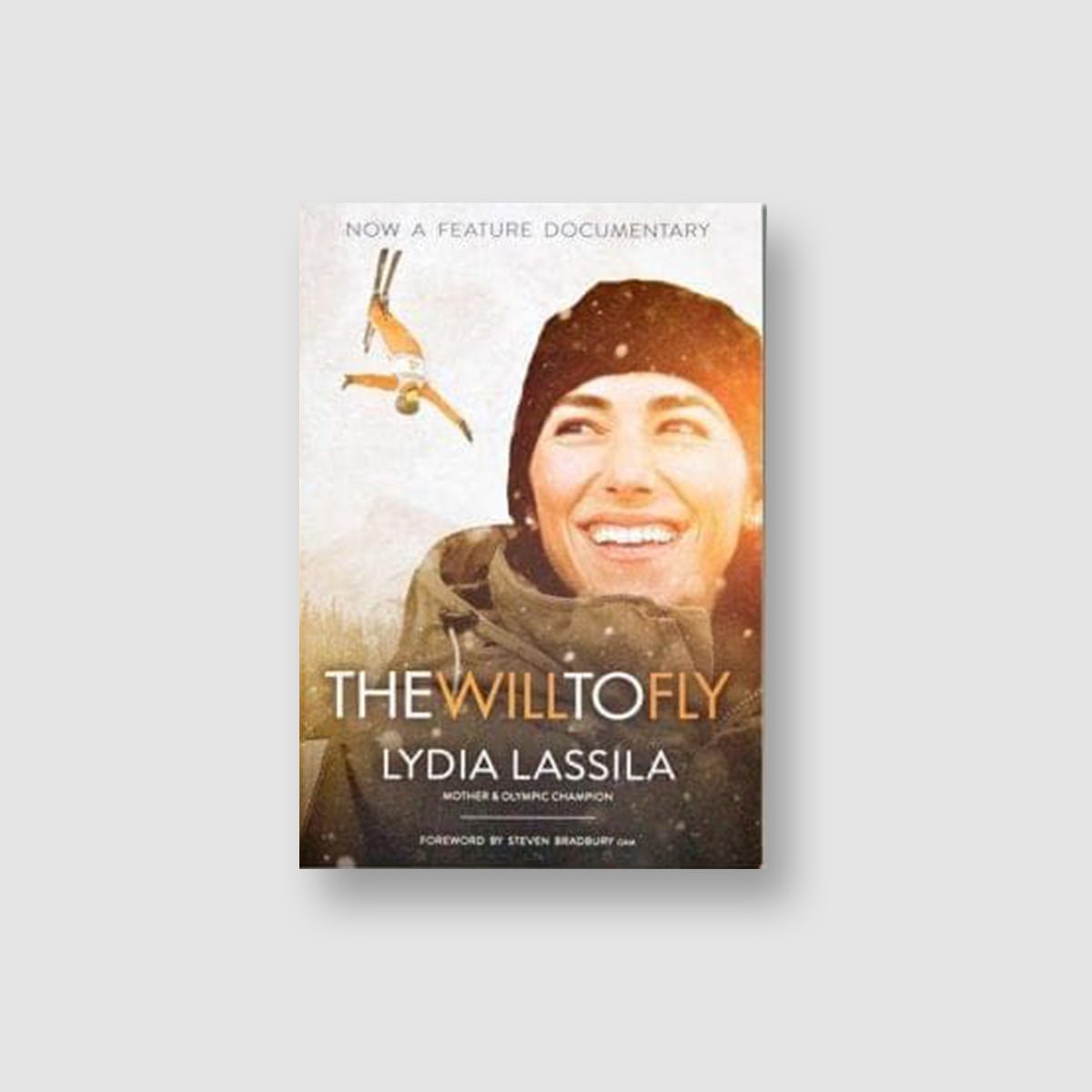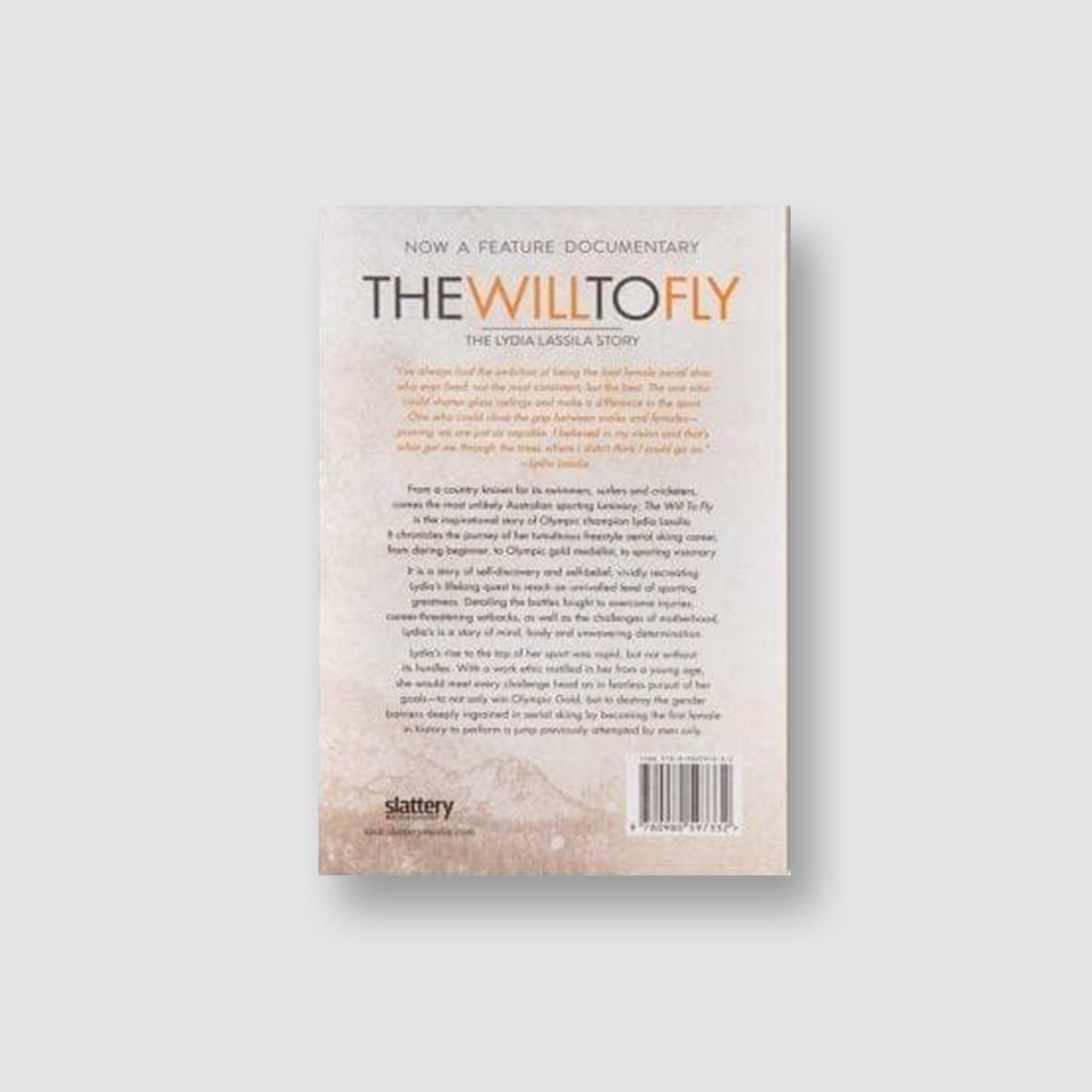


The Will To Fly Book by Lydia Lassila
Lydia Lassila's autobiography
From a sunburnt country of desert and beaches, known for its swimmers, surfers and cricketers, comes the most unlikely sporting luminary; The Will to Fly is the inspirational story of BodyICE founder and Olympic champion Lydia Lassila.
It chronicles the journey of her tumultuous freestyle aerial skiing career, from fearless beginner to Olympic gold medalist to sporting visionary. The book details Lydia's venture to defend her 2010 Vancouver Olympics championship at the 2014 Sochi Winter Olympic Games as a mother, but more specifically, her journey as she seeks to write history by being the first woman to perform the most dangerous maneuver of any acrobatic sport: a quadruple twisting, triple somersault on skis.
Now also a feature documentary, The Will to Fly vividly recreates Lydia's lifelong quest to fulfill her sporting aspirations, and to reach an unparalleled level of sporting greatness.
A great motivational gift for aspiring athletes and for anyone in need of profound inspiration.
HOW IS VISUALISATION DIFFERENT TO MEDITATION?
Even though meditation and visualisation are often used interchangeably, the two techniques are actually quite different and affect the brain in very different ways.
Meditation is used to calm the nervous system and deliver deep rest (even deeper than sleep) to the mind and body. With the help of a mantra, there is little effort to control our thoughts or other aspects of our experience. Meditation helps us repair and regenerate which, when practiced consistently, can help us overcome stress and illness.
Visualisation, on the other hand is very active and can excite our nervous system. During visualisation, we are more conscious of what we are doing. The breath and senses are guided into a relaxed state where we can then direct our thoughts to bring about a desired physical, mental or emotional result ie: feeling more confident, practicing and re-programming specific sporting techniques, gaining more clarity and focus or overcoming fear.
During visualisation, thoughts are guided to imagine best case scenarios for future situations – whether that be a sporting event, a key-note speech, new skill acquisition or a complete five-sensory experience. When practiced consistently, visualisation can re-programme neural pathways and in other words, replace old habits, thoughts, movement patterns, reactions and feelings. Did you know your brain can’t tell the difference between imagined and real practice? That’s right! The same neural pathways fire which means visualisation is a very powerful skill to compliment any physical practice.

You may also like
This product has no reviews yet.

